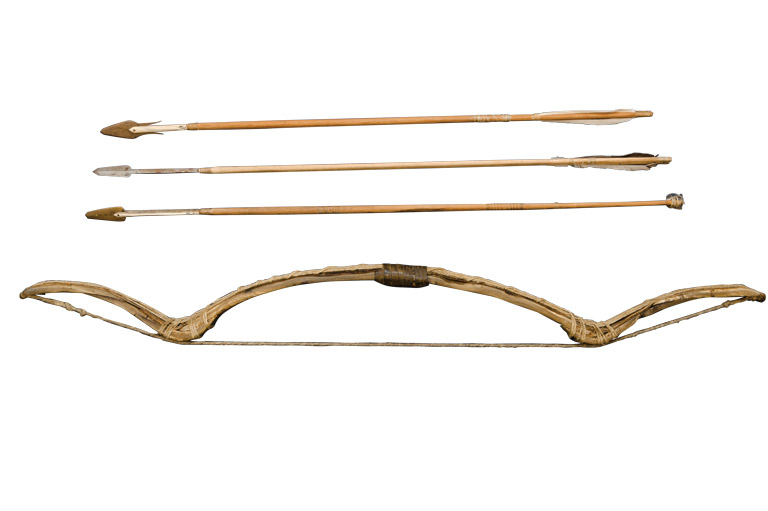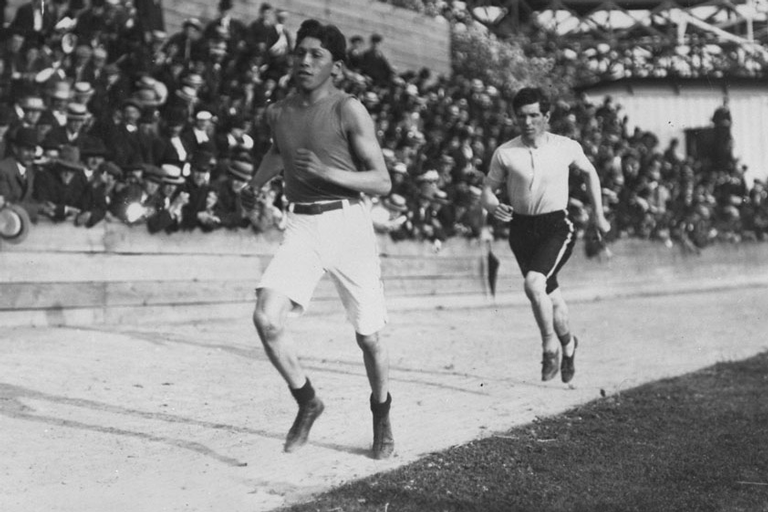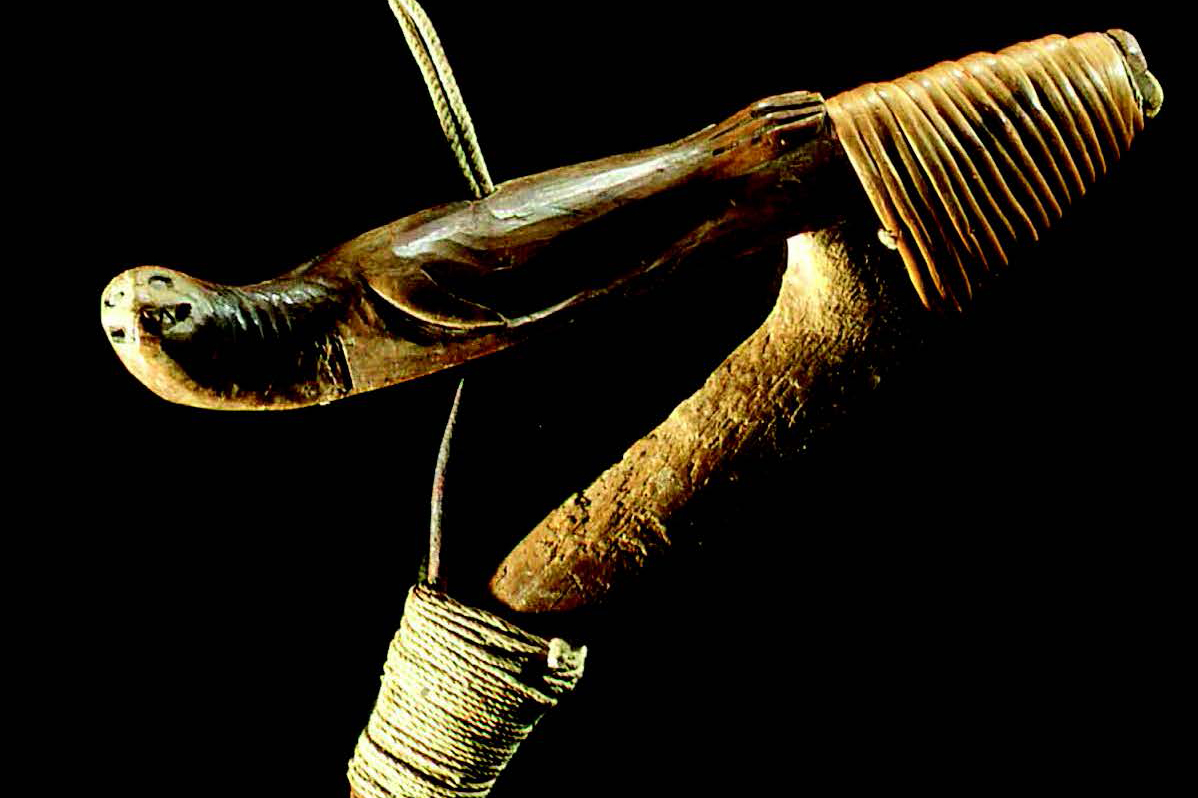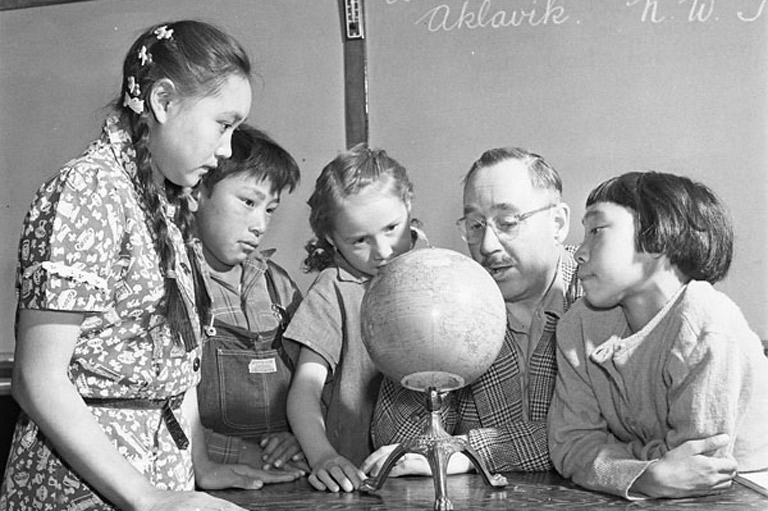Edmonton Adopts Indigenous Names
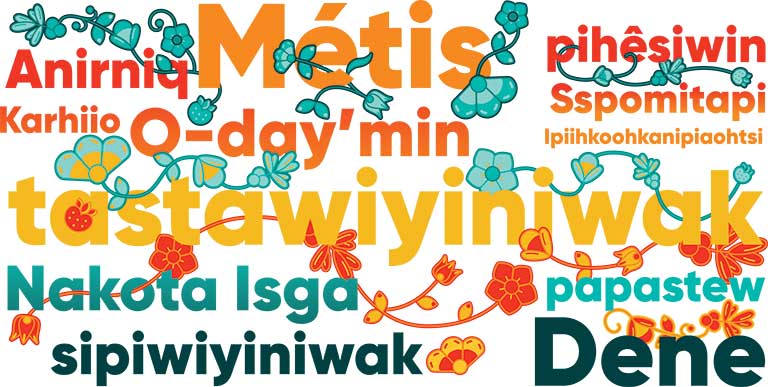
In Edmonton’s next municipal election, voters will see new ward names on the ballot. The city council has approved twelve Indigenous names to replace the numbered wards.
Seventeen women from Anishinaabe, Blackfoot, Cree, Dene, Inuit, Iroquois (Michel Band), Métis, and Sioux Nations were selected to form iyiniw iskwewak wihtwawin (the committee of Indigenous matriarchs).
Throughout the summer of 2020, they discussed how best to recognize Indigenous languages used within the Edmonton area. They toured different sites throughout the city and reached out to Elders, Knowledge Keepers, and other members of their communities for input and guidance. Their meetings and decision-making process were grounded in ceremony and tradition.
In September 2020 the committee presented twelve names to the City of Edmonton that reflect Indigenous connections to the land in each ward. For example, O-day’min is an Anishinaabe word that means strawberry or heart berry and that is meant to represent the heart of Edmonton. Another ward has been given the Blackfoot name Ipiihkoohkanipiaohtsi, a word that describes the traditional lands upon which the Blackfoot Nation would seasonally travel while following bison herds north of the North Saskatchewan River during the animals’ calving season.
Terri Suntjens, director of Indigenous initiatives at MacEwan University in Edmonton and a co-chair of the Indigenous Naming Committee, told MacEwan News, “We hope that learning the new Indigenous ward names, their pronunciations, and their meanings will ... provide an opportunity to learn about the history of these sacred places in Edmonton. We also hope that with these new names Indigenous people — including my own family, my children — will see themselves reflected in our community.”
To learn more visit Edmonton.ca/IndigenousWardNames.
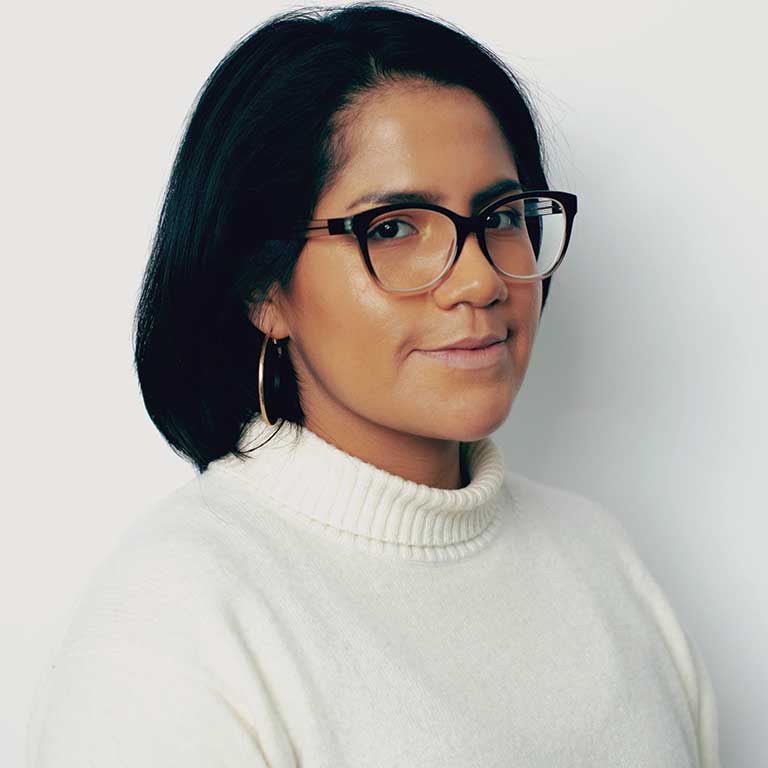
Leticia Spence
The illustration accompanying this story features flowers and vegetation native to Alberta, including harebells, strawberries, bear berries, and marsh marigolds.
It was created by Leticia Spence, a graphic designer from Pimicikamak First Nation in Manitoba.
In describing the inspiration behind the artwork, she said: “Each of the Indigenous Nations from which these new ward names originate has its own interpretations of floral patterns in its beadwork. As an Ininiwi Iskwéw, I felt most comfortable using the floral patterns that I saw the matriarchal figures in my life working with when I was growing up.
Themes associated with this article
Advertisement

